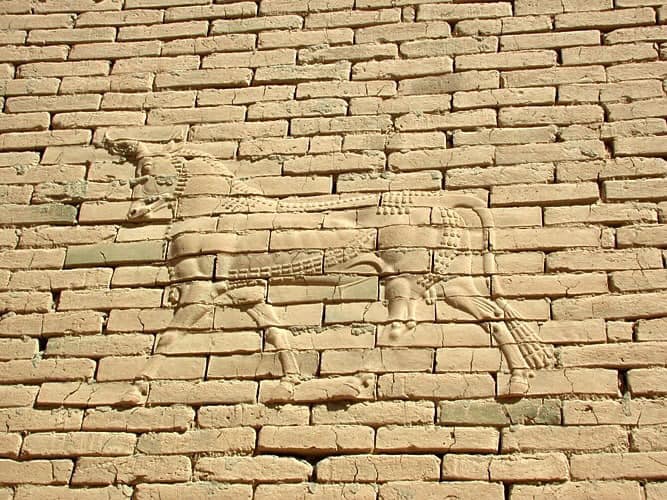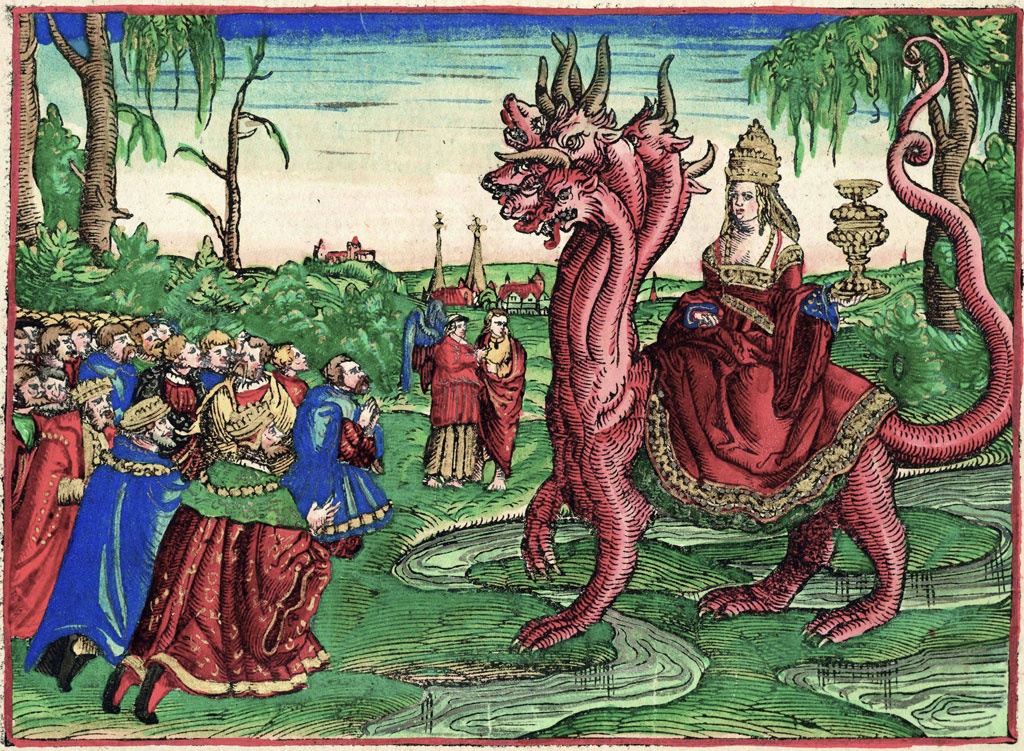Babylon holds significant historical and symbolic meaning in the Bible. It is mentioned numerous times, particularly in the Old Testament as a powerful empire and in the New Testament as a symbol of corruption and divine judgment.
The phrase “Fallen, fallen is Babylon the great” appears in Isaiah 21:9 and is echoed in Revelation 18:2, reflecting both the historical fall of the Babylonian Empire and its symbolic downfall in Christian eschatology.
1. Historical Significance
Babylon was a major city and empire in ancient Mesopotamia (modern-day Iraq). It was known for its wealth, culture, and architectural marvels, including the Hanging Gardens (one of the Seven Wonders of the Ancient World). Under King Nebuchadnezzar II (605–562 BCE), Babylon became a dominant world power, conquering Jerusalem in 586 BCE, destroying the First Temple, and taking the Israelites into exile (Babylonian Captivity). This event had a profound impact on Jewish history and theology.
2. Biblical Symbolism
In the Old Testament, Babylon is portrayed as an enemy of God’s people due to its conquest of Judah and destruction of the Temple. However, prophets like Isaiah and Jeremiah prophesied its downfall as divine judgment.
In the New Testament (Revelation 17–18), “Babylon the Great” represents a corrupt, idolatrous world system opposed to God. It is described as a great harlot, drunk on the blood of saints, and doomed for destruction.
3. The Fall of Babylon
The historical fall of Babylon happened in 539 BCE, when the Persian king Cyrus the Great conquered it without a major battle. The Bible interprets this as God’s judgment, as prophesied in Isaiah and Jeremiah.
In Christian eschatology, Babylon’s fall in Revelation 18 symbolizes the ultimate defeat of worldly power, greed, and sin before the coming of God’s Kingdom.
Why is it so significant?
Babylon isn’t just a historical city; it became a symbol of human pride, oppression, and moral decay. The phrase “Fallen, fallen is Babylon the great” is a prophetic declaration that no earthly power, no matter how mighty, can stand against divine justice.
Colored version of the Whore of Babylon illustration from Martin Luther’s 1534 translation of the Bible






Colored version of the Whore of Babylon illustration from Martin Luther’s 1534 translation of the Bible